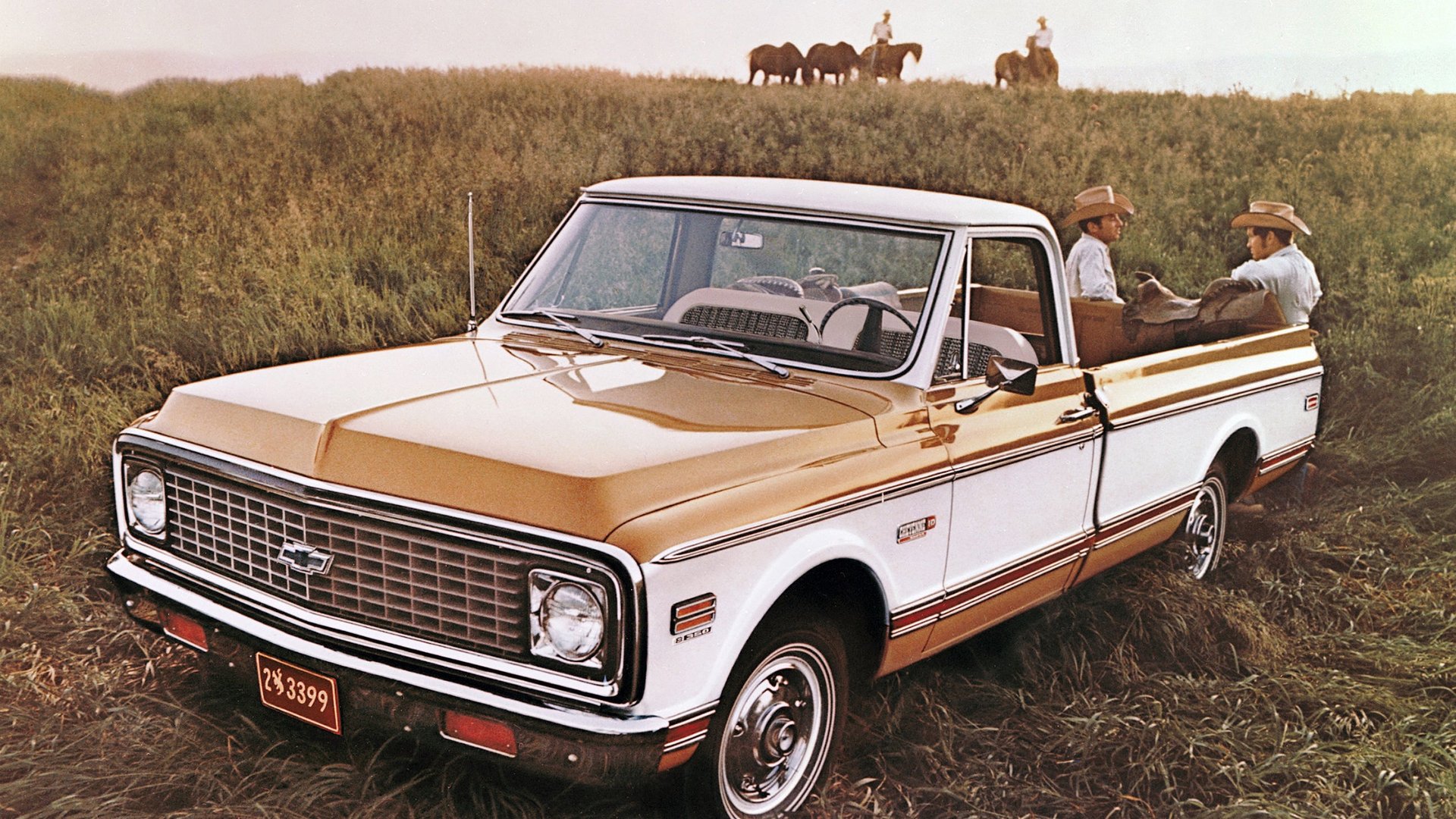How you know the US economy is charging forward: pickup trucks
Tomorrow’s monthly update on jobs and unemployment in the United States is the most closely watched economic indicator of the week. It could be good, it could be bad, it could be “meh.”


Tomorrow’s monthly update on jobs and unemployment in the United States is the most closely watched economic indicator of the week. It could be good, it could be bad, it could be “meh.”
But it definitely will be revised, perhaps by a lot. In fact, last year, the US government job counters missed the creation of nearly 650,000 jobs, in part because they failed to capture the number of new gigs created by brand new small businesses.
(Oh, for the record, that old chestnut about small businesses creating the bulk of new jobs should be tempered by the fact that they also account for a large share of the jobs that get destroyed, as small businesses often fail.)
Small business creation—and the job growth related to it—is a devilishly tough thing to measure. But there’s a relatively simply proxy we can use as read on American entrepreneurs: pickup trucks. Sales of pickups skew strongly toward small business owners. And guess what? They’re booming. In April, sales of Ford’s F-series pickup jumped 24%. Chevy Silverado sales rose 28%. And Chrysler’s revamped Ram sold 49% more from last April.
In fact, sales of pickups have been on a tear for a while. And that clearly plays into the kind of virtuous economic cycle policy makers hoped a recovery in US housing might set off. A rebound in housing boosts the prospects for the contractors that help build and renovate them. Those contractors upgrade their equipment. And that demand for new equipment spills over into other segments of the economy too.
Just today, Ford announced it is adding a third shift of workers—around 2,000 people—at a plant near Kansas City, Missouri, in order to build more F-series pickups. And truck makers have been been beefing up for a while now. All good stuff.